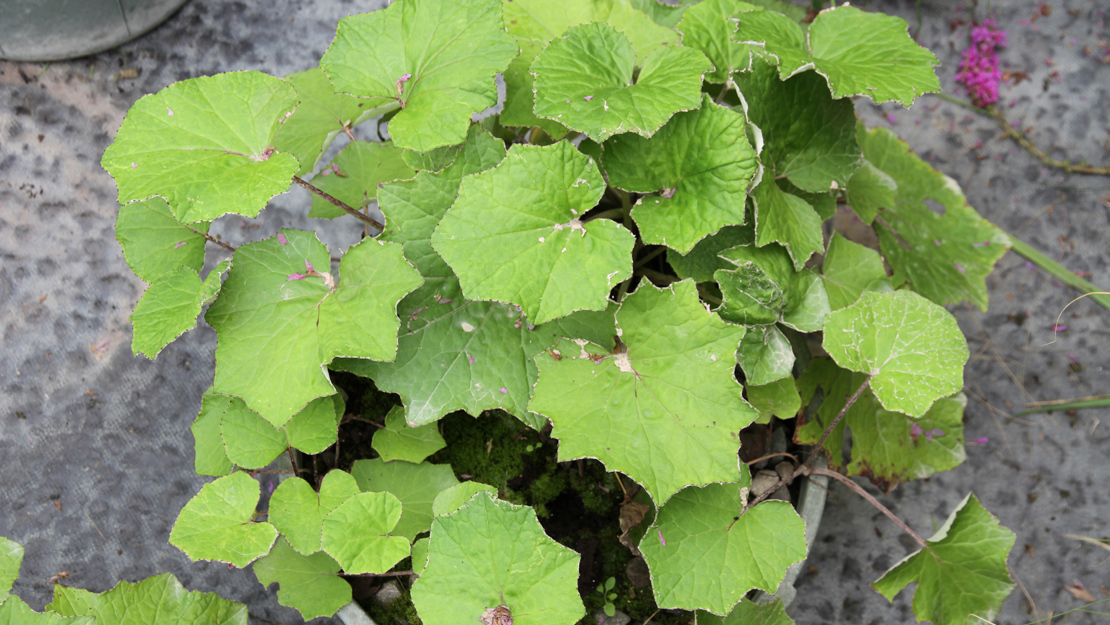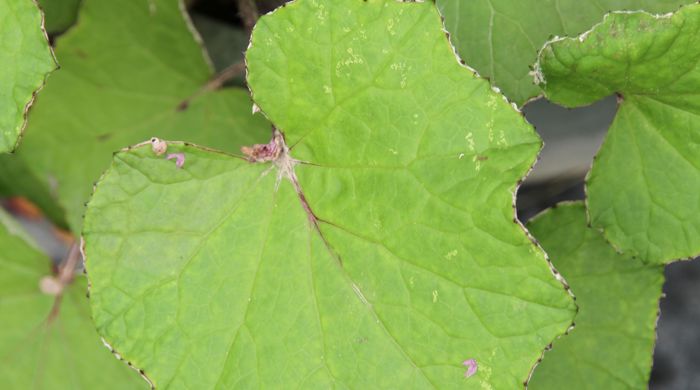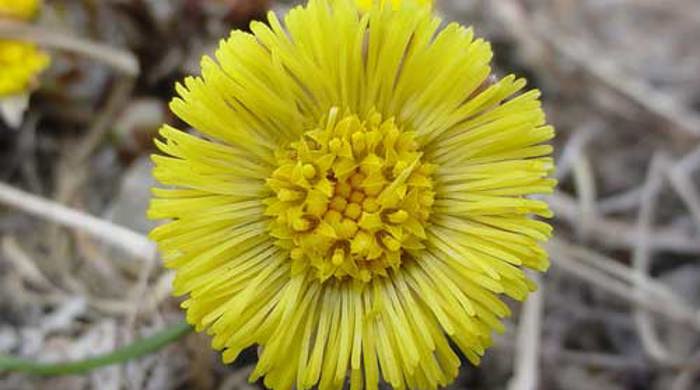Tussilago farfara
Coltsfoot
Family: Asteraceae
Origin: Eurasia, North Africa

Regional Pest Management Plan (RPMP) status
- National Pest Plant Accord Species
- Whole region — Sustained control
General description
Perennial mat-forming herb. Rhizomes are creeping. Leaves are basal, simple, deeply lobed and toothed, with a < 20 cm diameter. Flowers are yellow and borne in inflorescence < 30 cm tall, before leaves appear in spring. Achenes are winged.
What you need to know
To help protect our environment:
- you must not breed, distribute, release or sell coltsfoot - As coltsfoot is a National Pest Plant Accord species, these restrictions apply within the Auckland region and across the whole of New Zealand
- you must not plant coltsfoot within the Auckland region, unless you are transferring an existing plant on your land to another location within the boundaries of the same property
- You must destroy any coltsfoot on land that you occupy if it has been planted in breach of the above rules and you are directed to do so by an authorised person.
Habitats
Riverbeds, riparian margins, ditches, wetlands, gravel, roadsides, crops, open and disturbed habitats.
Dispersal
Seeds dispersed by wind. Vegetative spread from rhizome fragments. Human-mediated dispersal through movement of contaminated machinery and soil.
Impact on environment
Forms mats and may outcompete other plants in moist habitats. Competes with pasture grasses and potentially crop plants. Can be toxic to livestock and humans.
Control
Site management
Follow up treated areas 3 times per year. Encourage natural regeneration of native plants or replant treated areas where possible after 2-3 treatments to establish dense ground cover and minimise reinvasion.
Recommended approaches
Physical control
Method: Dig out.
Plant parts requiring disposal: All parts.
Disposal options: Remove to greenwaste or landfill if practical.
Biocontrol
Biocontrol is currently not available for this species.
Community agrichemical control recommendations
No qualifications: Foliar spray with 100ml glyphosate green per 10L of water.
Caution: When using any herbicide or pesticide please read the label thoroughly to ensure that all instructions and safety requirements are followed.





